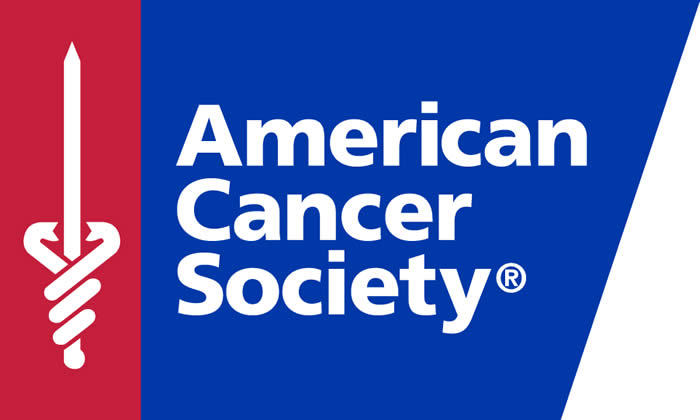Fighting Tobacco is a Global Endeavor
Dr. Seffrin filed this post from Singapore, where he participated in the World Conference on Tobacco OR Health.
The fight against cancer is truly a global fight, and it has many fronts. Never is that more evident than when world leaders come together to tackle the challenge of cancer and chronic disease – and the issues that cause them.
This week I’m in Singapore with several leaders from our American Cancer Society Global Health team and Chris Hansen, president of ACSCAN, for the 15th World Conference on Tobacco OR Health. Today during the conference the American Cancer Society, along with our colleagues at the World Lung Foundation, released the fourth edition of The Tobacco Atlas, a vitally important, one-of-a-kind public health tool that covers in-depth the tobacco burden around the world and lays out potential solutions that could save millions of lives.
Prevention is one of our best weapons against cancer, and the new Tobacco Atlas tracks the damage caused by the tobacco epidemic, progress we’ve made, and the latest insidious tobacco industry marketing tactics, so that governments, advocates, and health care professionals can work together to prevent the needless disease and death caused by tobacco.
This fourth edition marks 10 years since the publication of the first Tobacco Atlas, so it’s a good time to review the progress we’ve made – and how far we still have to go. We can’t lose sight of the fact that while we work to control and prevent tobacco use, the tobacco industry is still reaping large profits by addicting its next generation of customers to its deadly products. Tobacco is, after all, the only legal product that when used as intended, is lethal.
We’ve made significant progress in those ten years. Since the first edition was published in 2002, 174 countries have ratified the World Health Organization’s Framework Convention on Tobacco Control, the world’s first global public health treaty, which was approved in 2003. These countries – comprising nearly 90 percent of the world population – have pledged to adopt tough restrictions on tobacco advertising and sales, raise taxes on tobacco, prohibit access by minors, and protect their populations from the harm of secondhand smoke.
Just 6 months ago, tobacco control gained even greater prominence during a historic meeting at the United Nations, when world leaders agreed we cannot win the battle against chronic disease unless we succeed in reducing tobacco use – the only risk factor common to all four of the major chronic diseases (cancer, heart disease, diabetes, and chronic respiratory diseases). Global leaders at this meeting unanimously approved an action plan for fighting chronic disease that calls for greater collaboration and programs that help reduce tobacco use.
Despite the hard work and commitment of advocates around the globe, we know we have much more work to do. Since the first edition of The Tobacco Atlas, 50 million additional people have died as a result of tobacco, and tobacco use remains the single greatest cause of preventable death in the world. While smoking rates have been slowly and steadily declining in the United States and other high-income nations during the past quarter-century, they have been increasing in low- and middle-income nations, which are least prepared to deal with the effects of tobacco-related disease.
The Tobacco Atlas edition released today includes new chapters on nicotine delivery systems, smokeless tobacco, affordability of cigarettes, and rights and treaties that didn’t appear in prior editions. It is also the first to be published in Arabic, as well as in English, French, Mandarin, and Spanish. Translations will be available later this year.
It is a shame a need exists for The Tobacco Atlas, but it is an impressive publication that canhelp save millions of lives. I believe we all have a role in ending the global tobacco epidemic, andThe Tobacco Atlas can serve as the script.
For more information on The Tobacco Atlas, visit tobaccoatlas.org and follow#TobaccoAtlas on Twitter.

